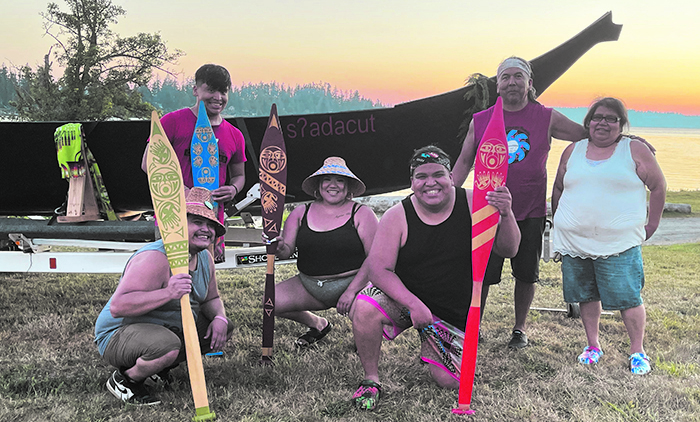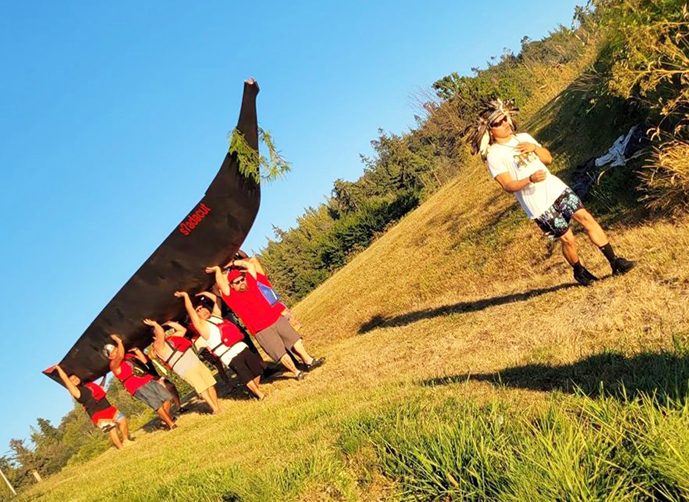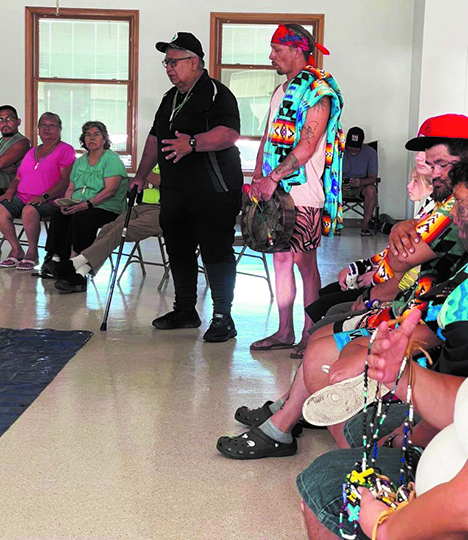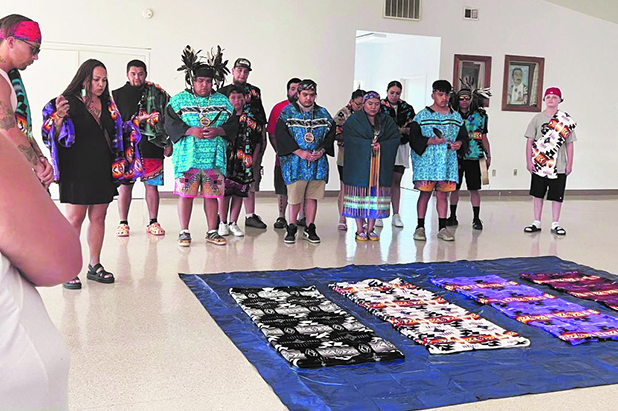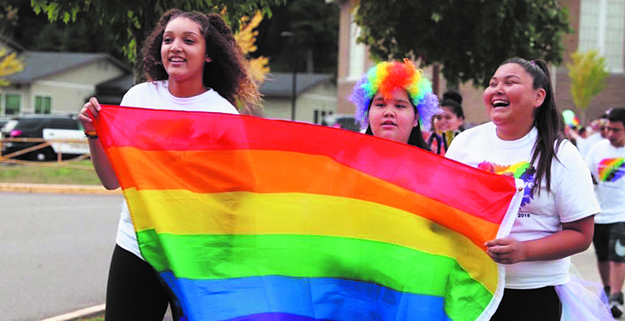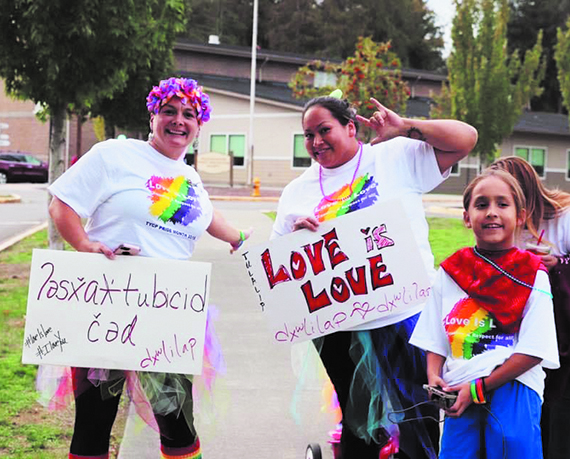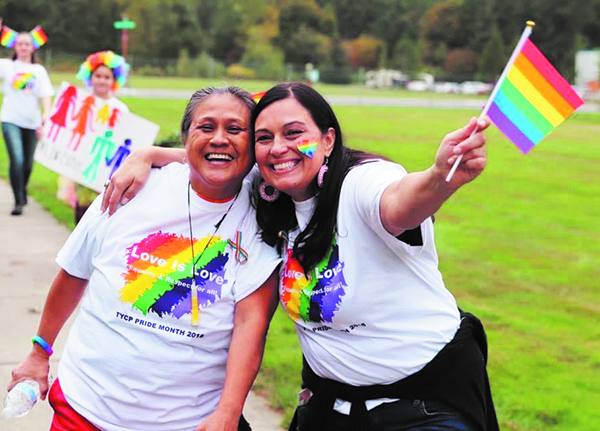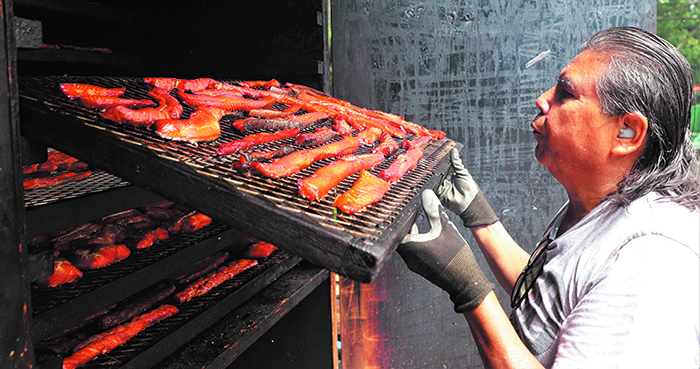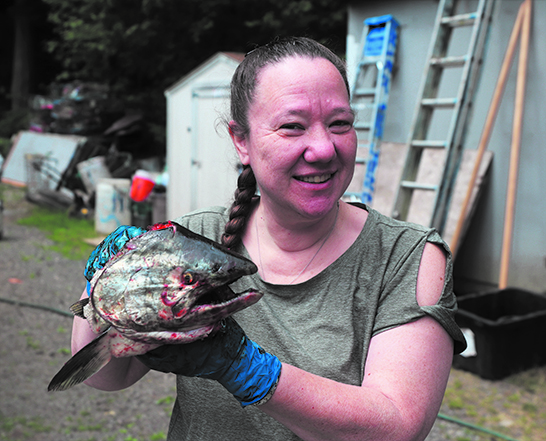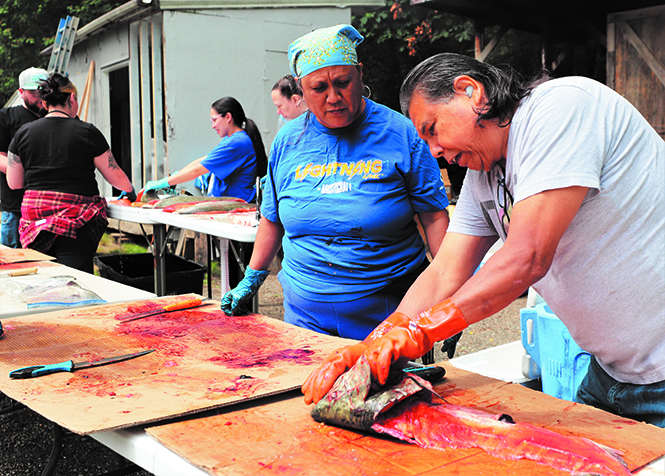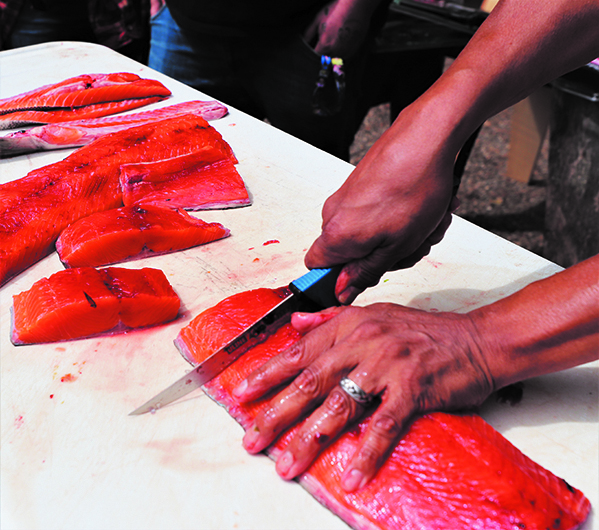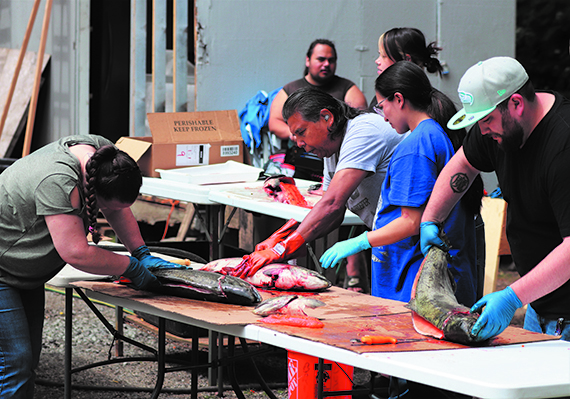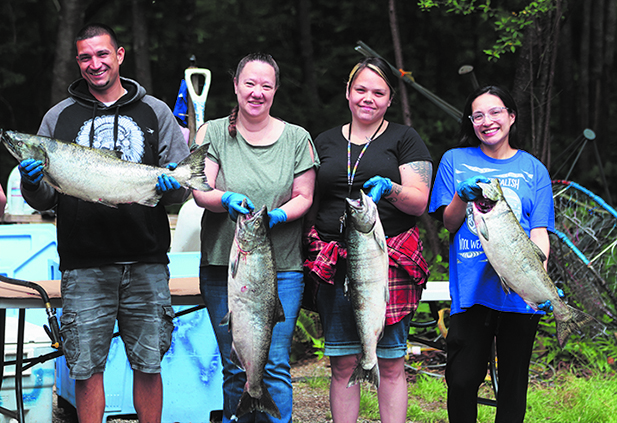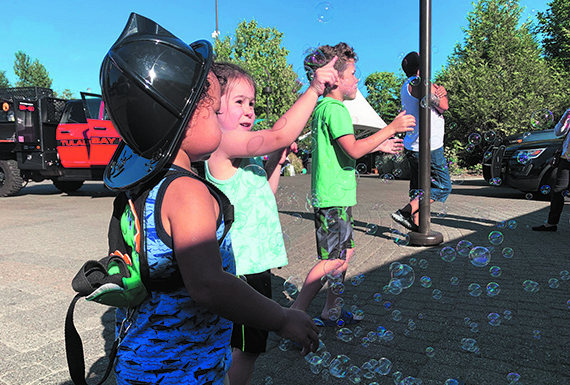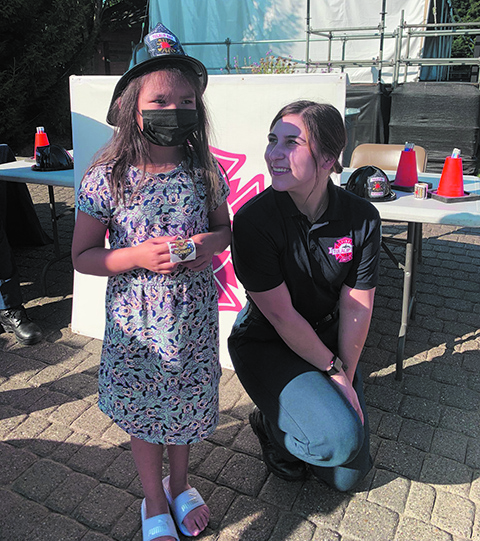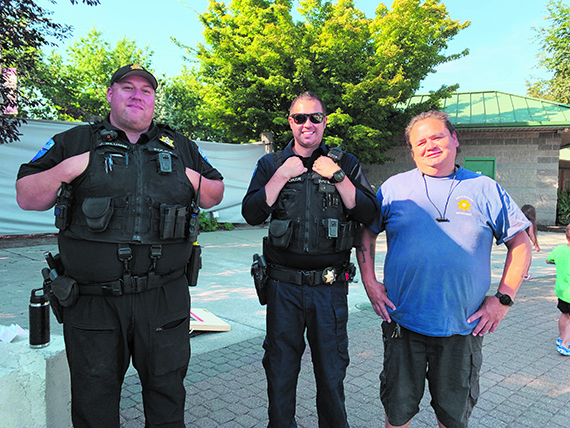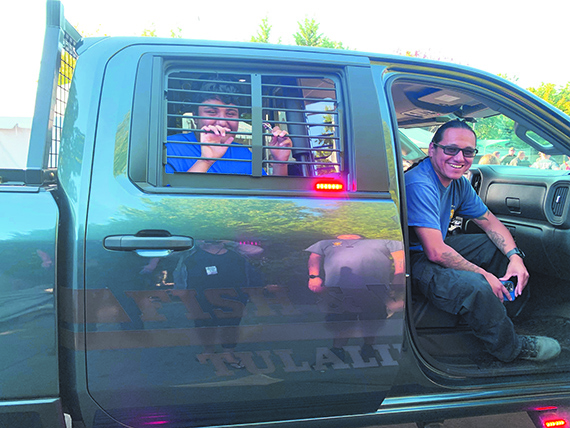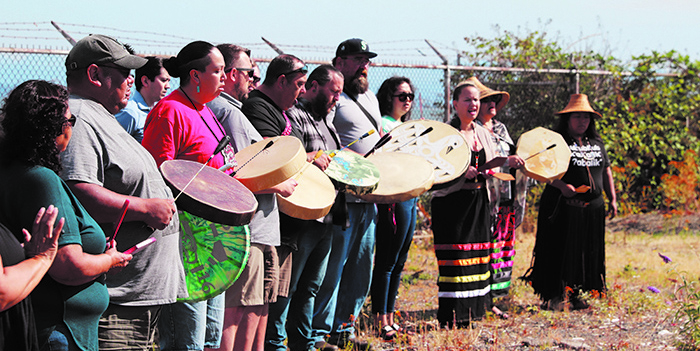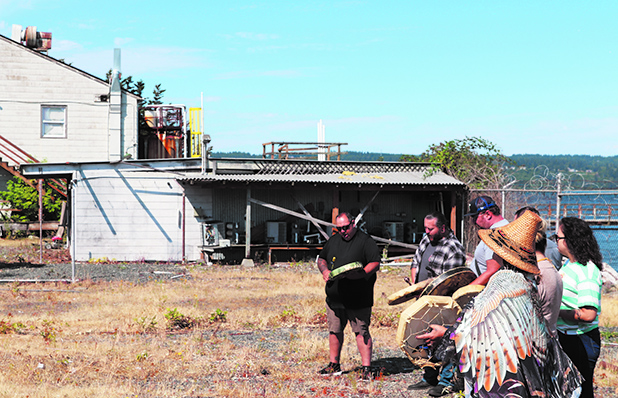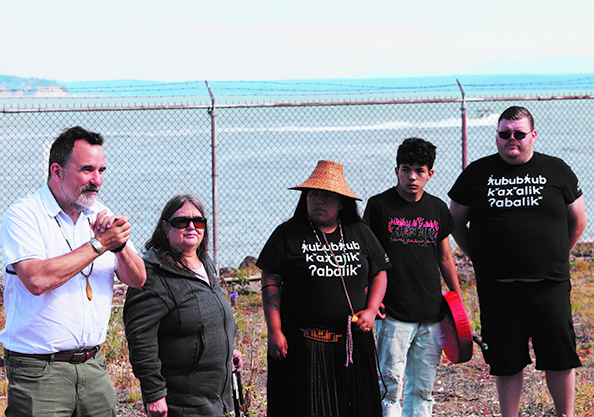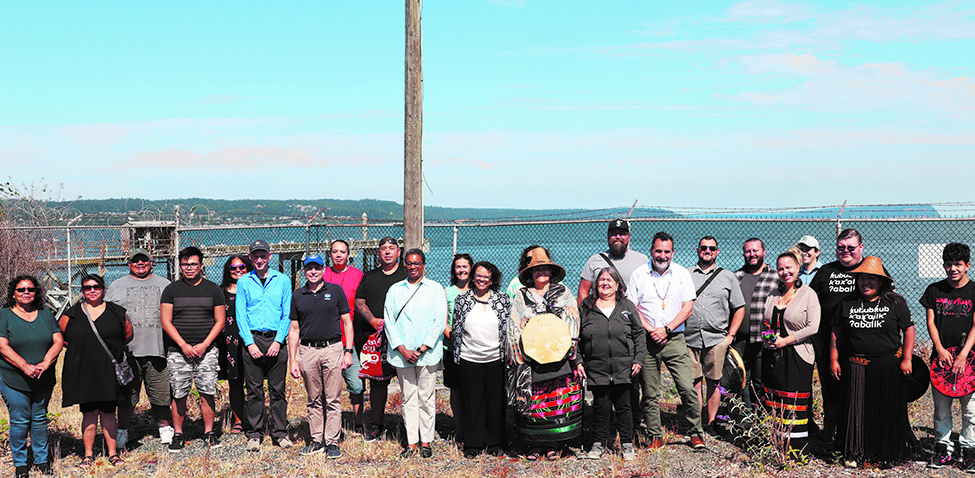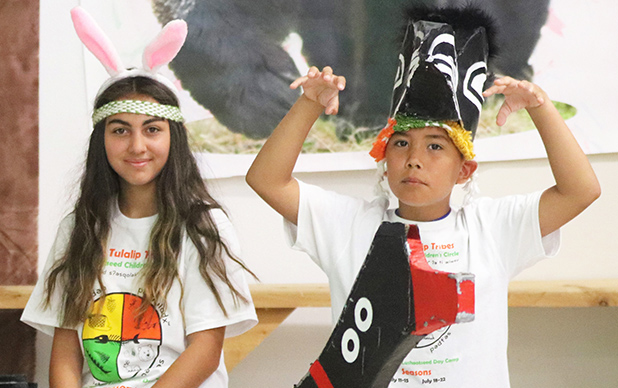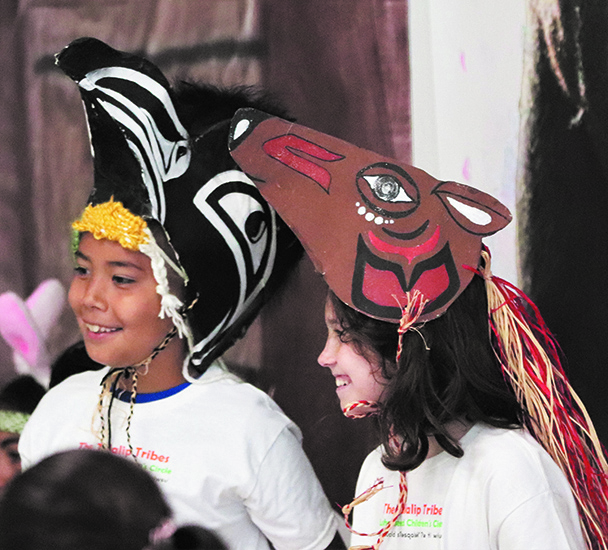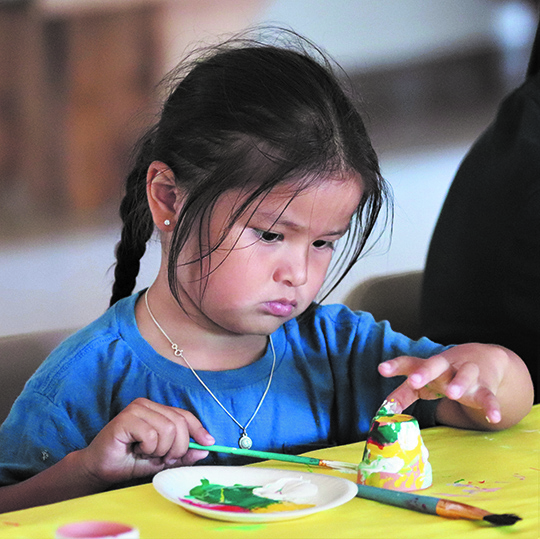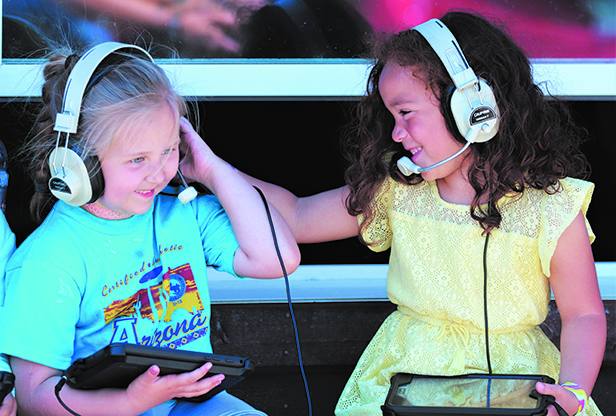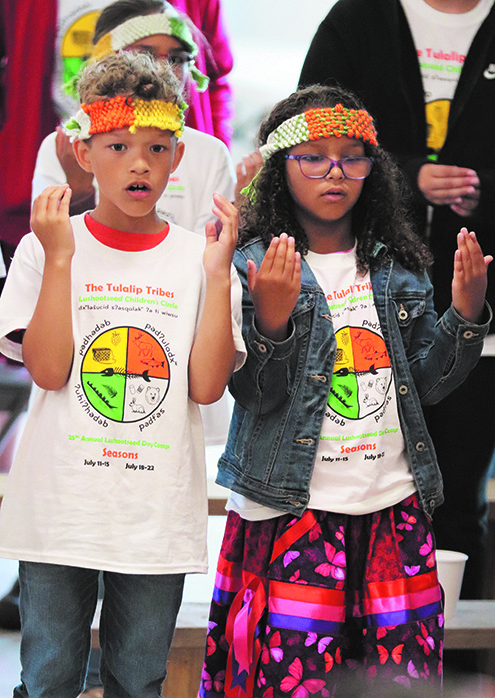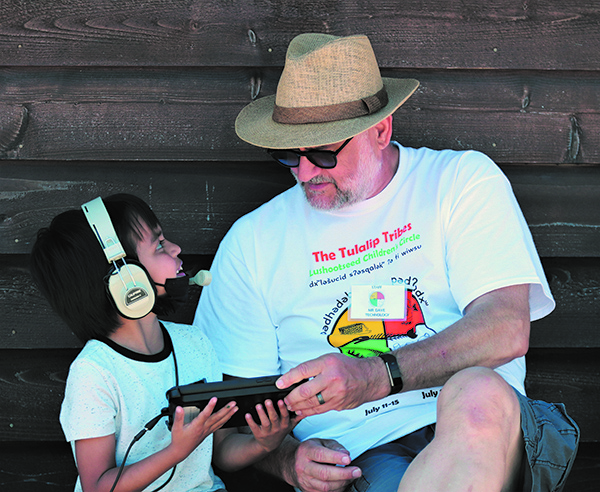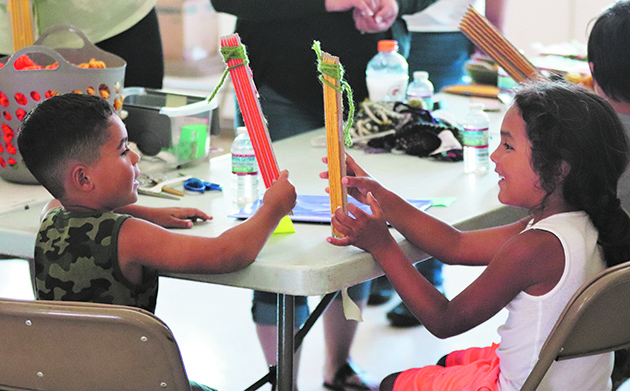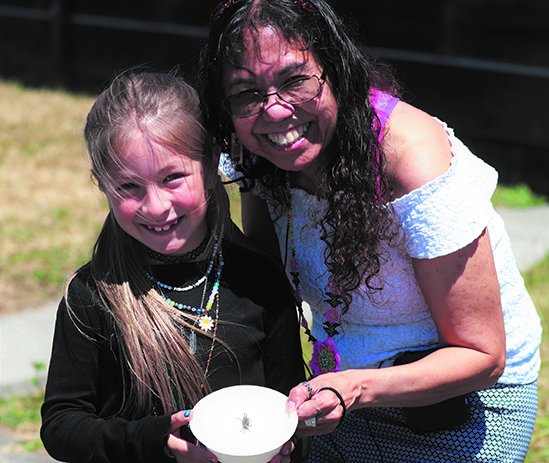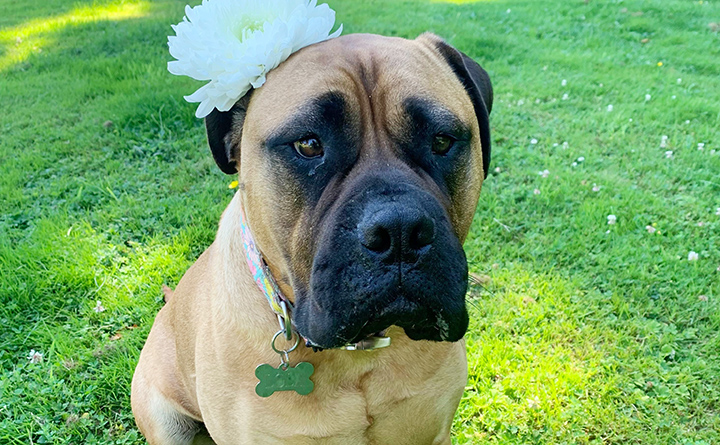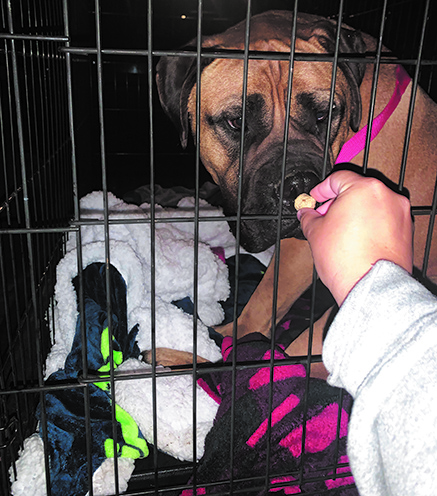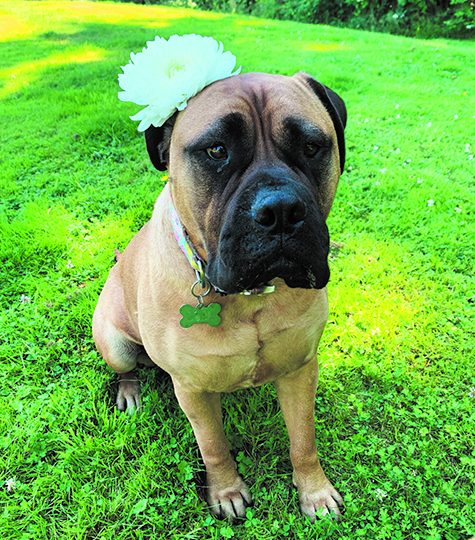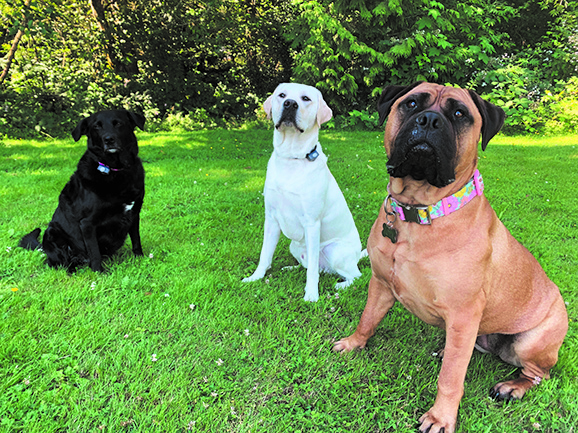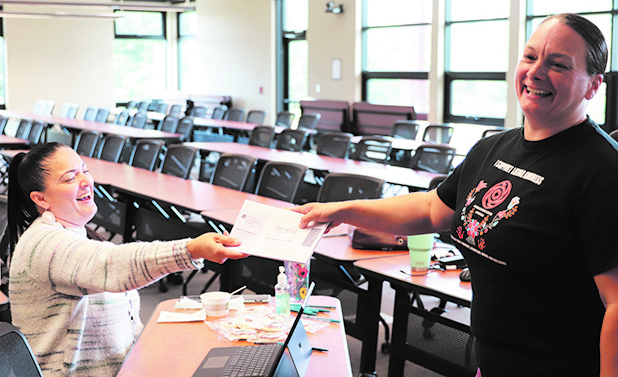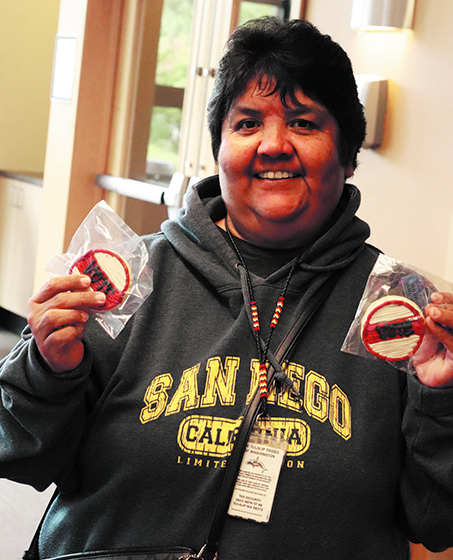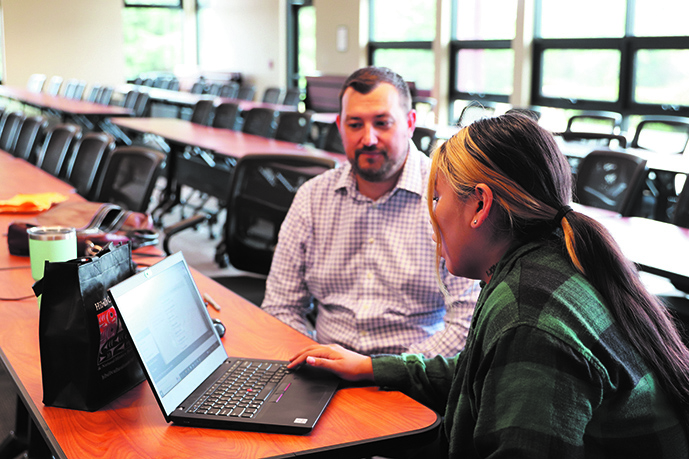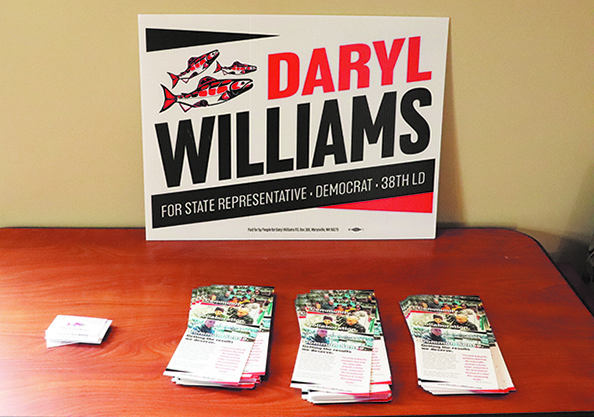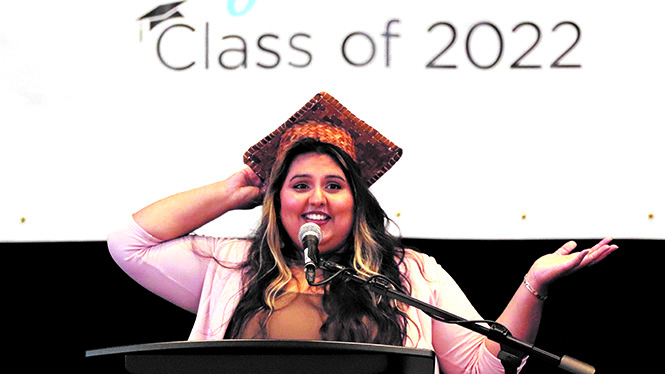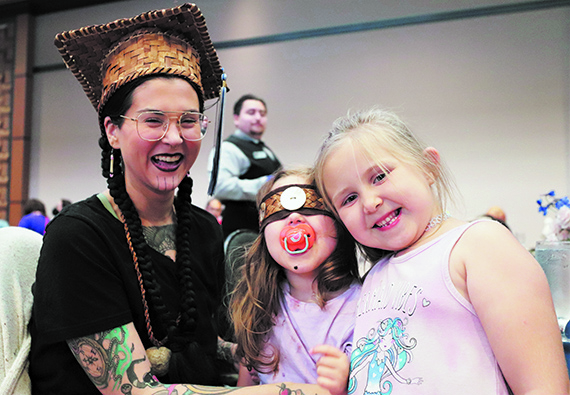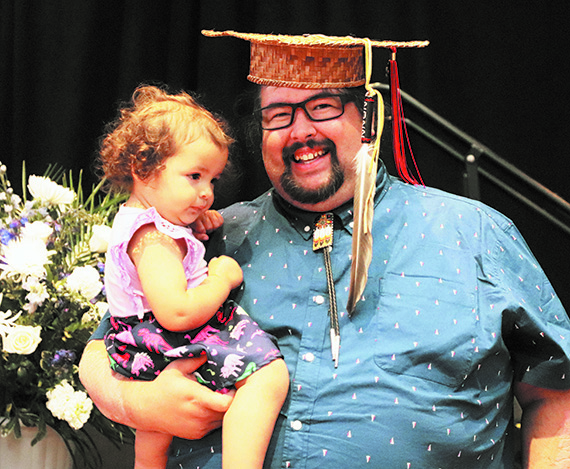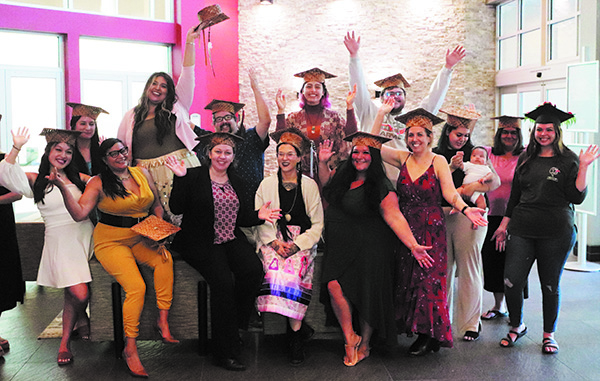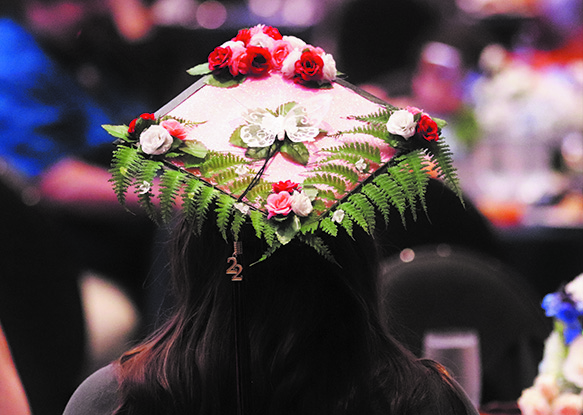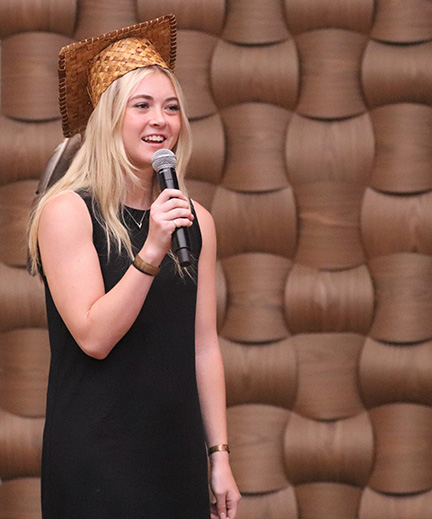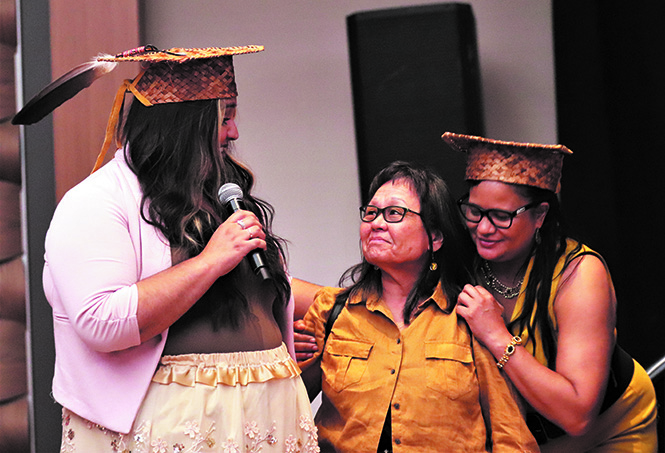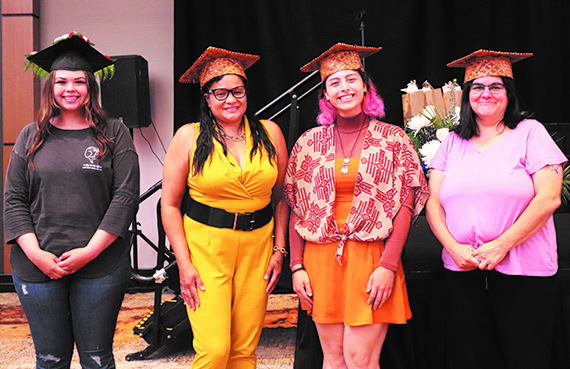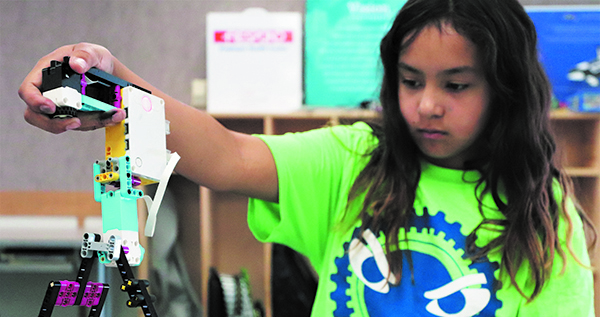
By Micheal Rios, Tulalip News
According to the U.S. Department of Education, if we want a nation where our future leaders, neighbors, and workers have the ability to understand and solve some of the complex challenges of today and tomorrow, and to meet the demands of the dynamic and evolving workforce, then building our students’ skills, content knowledge, and fluency in STEM fields is essential. We must also make sure that no matter where children live, they have access to quality learning environments. A child’s zip code should not determine their STEM fluency.
For those unfamiliar with the acronym STEM, its stands for Science Technology Engineering and Mathematics. On the Tulalip Reservation this concept can be thought of as career pathways to critical departments within our government, such as Natural Resources, Tulalip Data Services (TDS), construction and infrastructure building, and financial literacy necessary for various fields of Finance.
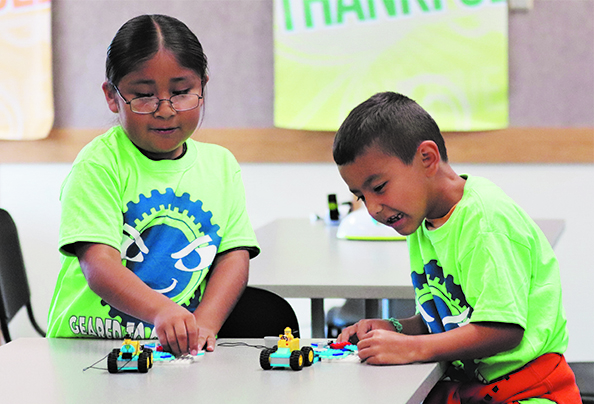
In today’s fast-paced, constantly changing, techno-driven climate, it’s imperative our Tulalip youth be prepared with fundamentals of STEM teaching, such as problem-solving, making sense of important information, and being able to gather and examine evidence to make sound decisions. These were the skills being learned in truly stunning ways at this year’s 5th annual STEM week, made possible by some brilliant minds journeying all the way from Colorado and our local homework support program.
“Our youth today are digital girls and boys in a world that is digitally based,” said Shana Simpson, lead student support specialist. “It is important for our kids to make these connections between science, technology and mathematics in order to draw out the relation to engineering. For this to be possible, they must first gain the knowledge to understand those connections and how they are applied to everyday life.”
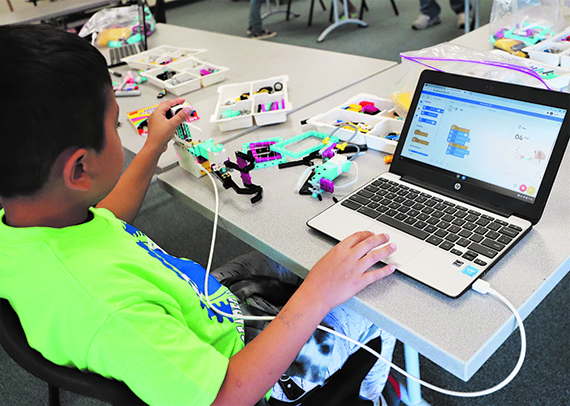
Shana and her fellow coworkers were able to witness first-hand the amazing journey several Tulalip youngsters were able to have in the STEM realm. Nearly twenty kids, ranging in grade level from kindergarten to 6th grade, learned the fundamentals of STEM in the kind of fashion previous generations only experienced while watching Bill Nye the Science Guy.
“It is highly enjoyable to watch our kids get nerdy as they are captivated by STEM activities,” added Shana. “After participating in STEM week, the kids continue to make their own observations and connections once they leave here. They are more likely to repeat what they have learned and pass their knowledge along. Hopefully, some continue to hold on to their interest and develop it into a true passion as they get older. Their participation in STEM week gives them an advantage at school and, we like to think, more opportunities in the future.”
Not only does STEM provide a new way of thinking and learning to students, the earning potential of a STEM versus a non-STEM career is staggering. According to the U.S. Bureau of Labor Statistics, the national average wage for all STEM occupations is $87,570. This is nearly double the average wage for non-STEM occupations averaging just $45,700.
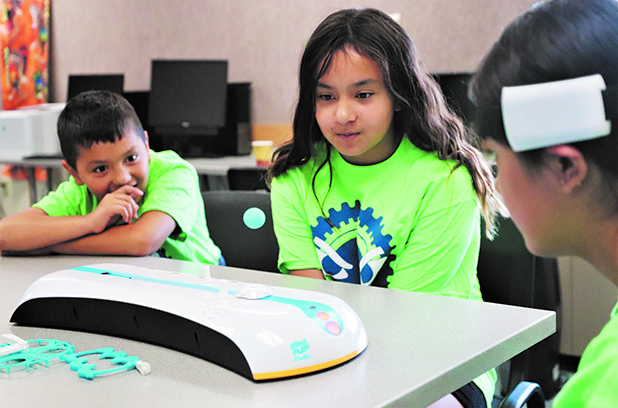
The four-day STEM week hosted from August 1-4 was anticipated for some time by Matthew and Kathy Collier, who taught the course to Tulalip’s youth for four straight years before the pandemic forced a two-year hiatus. The 2022 rendition a host of fund, hands-on activities that the kids embraced and thrived in.
“The robotic gripper teaching is all about studying different designs and analyzing how to make them more efficient. It also is an engineering model used in used in prosthetic limbs and shows how they can extend the use of programming and engineering to help humans. It’s used in Robotics and manufacturing,” explained Matthew Collier, STEM education training specialist. “The experiment with the brain scanner allowed children to tangibly see the force of their brain waves, invisible yet tangible forces we all have in our brains.
“We taught them about Theta and Beta brain wave,” he continued. “Through the activity, they could see that Theta waves grow stronger with rest and Beta waves grow stronger through intentional focus. This science is used in education, medical science, behavior research and more. Additionally, the push car derby with LEGOs taught them to explore the forces of push and pull, as well as the effects of friction between objects. It provides great examples of cause and effect.”
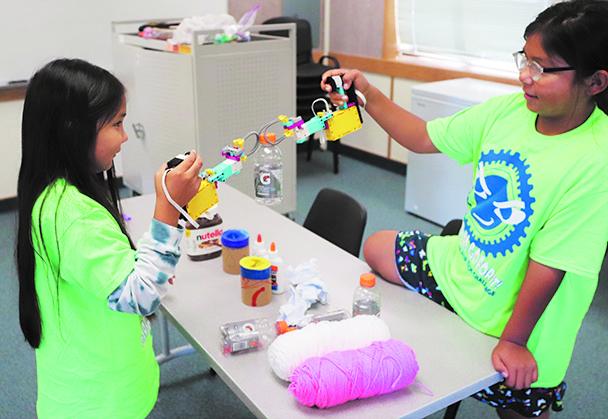
From brain waves and robotics to a LEGO derby and computer coding, some of Tulalip’s youngest minds were able to successfully grasp STEM fundamentals and apply them in a variety of activities that have real world applications. The best part about their experience was the instructors’ enthusiasm and passion for STEM education was infectious. To the point the young participants were genuinely learning while having fun.
“The importance of providing children with STEM opportunities when they are young is the way in which it empowers them to better navigate their 21st century world around them,” said Kathy Collier, STEM education program development. “They can become participants rather than spectators in regards to the technologies that will influence every sphere of society. Through STEM camps like this one, as children take part in these activities, they begin to connect the dots in their understanding and discover that they may carry ideas for the next invention…or perhaps realize they hold the answer to a problem the world needs solved.”
